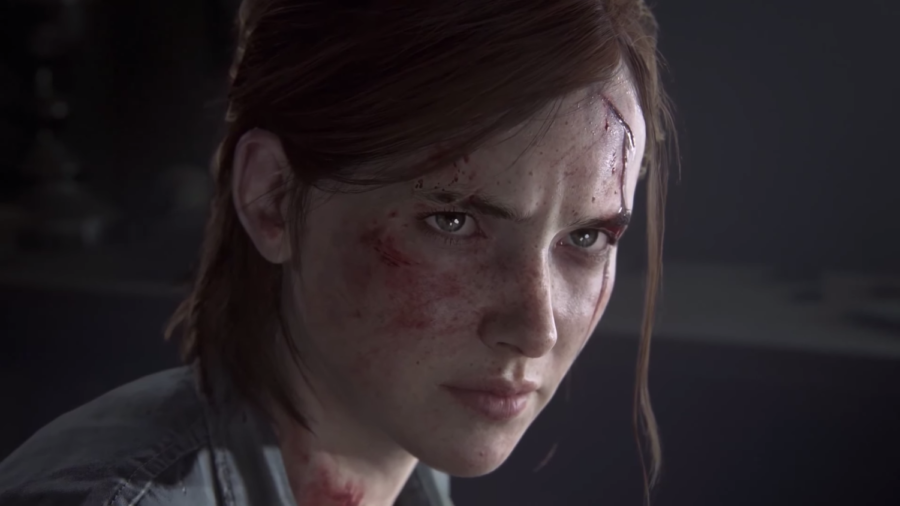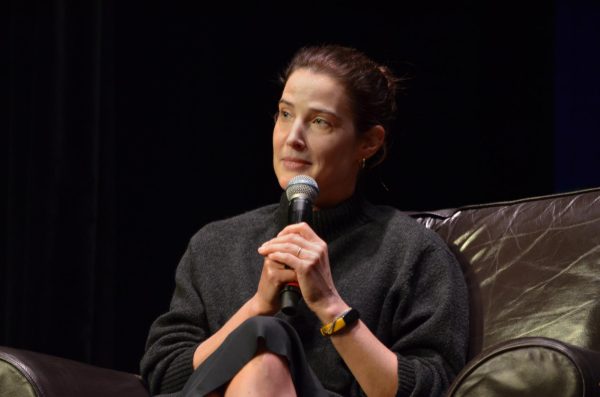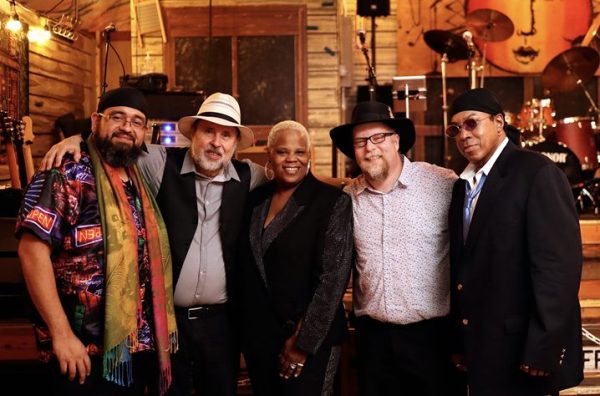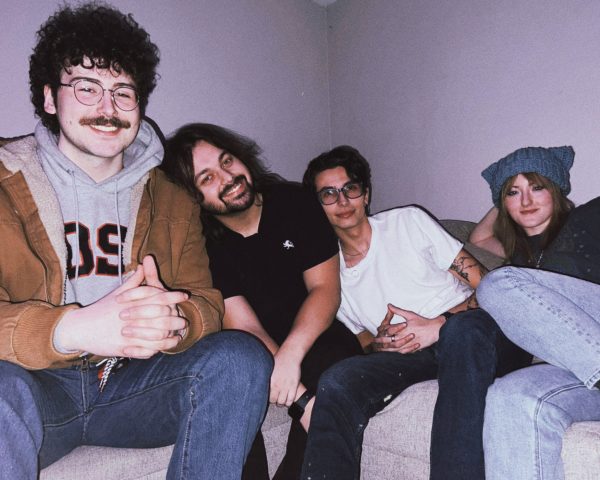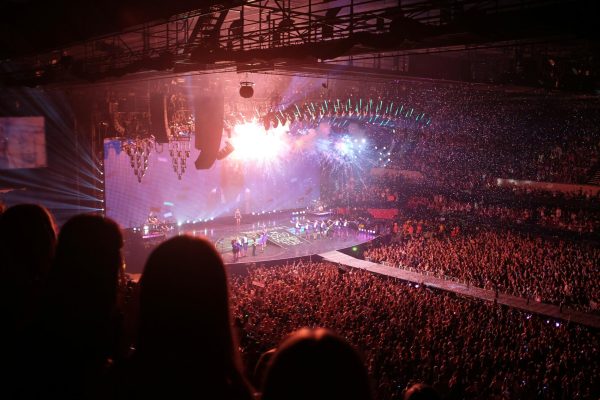‘The Last of Us Part II’ leaves fans unexpectedly dissatisfied
June 20, 2020
This review does not contain spoilers for “The Last of Us Part II”
Game developing company Naughty Dog’s “The Last of Us Part II” takes players on an unexpected journey with one especially unprecedented twist.
“The Last of Us Part II” was released on June 19 on PlayStation 4 (PS4). On the surface, the sequel to 2013’s “The Last of Us” looked like a shoo-in for Game of the Year 2020. However, once the game goes deeper into the story and character developments, or rather the lack thereof, “The Last of Us Part II” revealed its downward spiral from greatness.
The game takes place five years after the first. Players mostly follow Ellie as she takes revenge on a new gang of enemies who wronged her. After an emotional exposition of the first game’s story by Joel, the game continues its world building by introducing some new characters and bringing back old ones before a sudden dip in quality hits players out of nowhere.
Obvious advantages this game has are its beautiful graphics and sound design. The scenery during both gameplay and cut-scenes are displayed in their full cinematic glory while solemn and befitting music plays during the more relaxed scenes. Mostly guitar-based music acts as a nod to both protagonists Joel and Ellie’s propensity for playing the guitar.
Similarly to the first game, stealth-based combat is one of the main components of gameplay. A favorable new combat mechanic to “The Last of Us Part II” is the addition of melee weapons. In the first game, players had to rely on firearms and throwable objects to defend themselves. Weapons such as axes and knives are now key to players’ survival.
The 2014 downloadable content (DLC) pack titled “The Last of Us: Left Behind” introduced the character Riley, who acted as Ellie’s primary love interest. The DLC showed players Ellie is a member of the LGBTQ+ community, adding an unexpected layer of appreciated diversity to her character. “The Last of Us Part II” continues this character development in Ellie with her girlfriend Dina, who accompanies her during her journey.
When it comes to the deeper layers of “The Last of Us Part II” such as the character design and plot, players have spoken out about the noticeable drop in quality of both of these components.
While Ellie was the mostly naive and childish character in the first game, “The Last of Us Part II” depicts Ellie as a blood-thirsty revenge-seeker. Multiple critic and player reviews have pointed out the sudden change in this beloved character to an overwhelmingly negative effect. While most critic reviews are in favor of the game, player reviews are dishearteningly against it. Garnering a 94 percent on Metacritic by professional reviewers, but a staggering 34 percent by players, “The Last of Us Part II” has one of the largest differences in gaming scores on the Metacritic website.
Final verdict: 6/10

